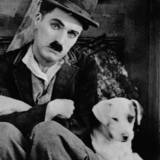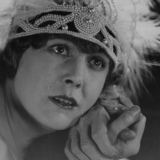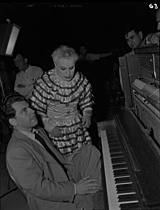Filming Monsieur Verdoux
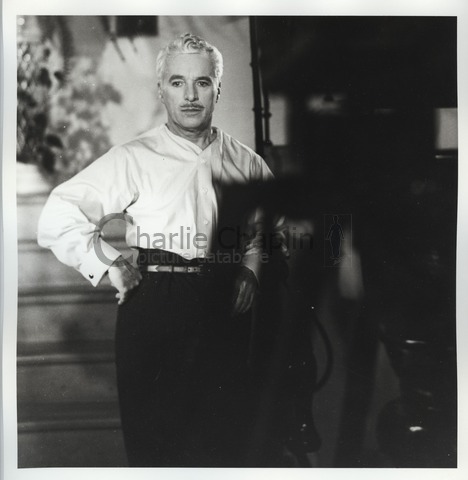
Charles Chaplin, without modesty, described Monsieur Verdoux as “the cleverest and most brilliant film of my career”.
He was from time to time to qualify this opinion; but Verdoux was certainly the blackest of his comedies - the story of a serial killer who ends up beheaded on the guillotine. As he had always said, comedy is never very far from tragedy and horror. “Under the proper circumstances,” he wrote, “murder can be comic”.
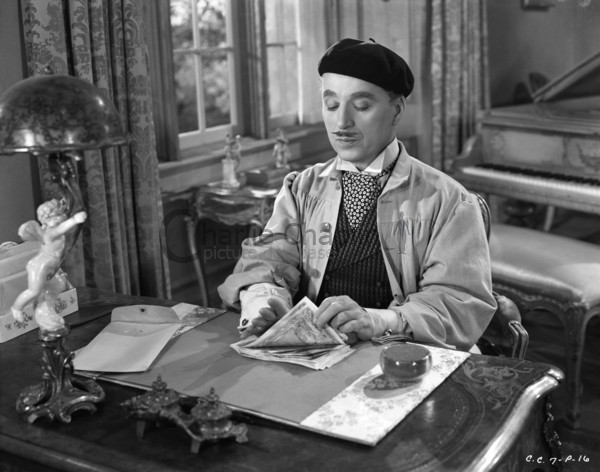
The idea was originally suggested by Orson Welles, as a project for a dramatised documentary on the career of the legendary French murder Henri Désiré Landru - who was executed in 1922, having murdered at least ten women, two dogs and one boy. Chaplin was so intrigued by the idea that he paid Welles $5000 for it, with the agreement that the film would carry the credit “Based on an idea by Orson Welles”. In later years Welles claimed that he had himself written a script for the film, but this is unlikely - certainly the written agreement between Chaplin and Welles makes no mention of it.
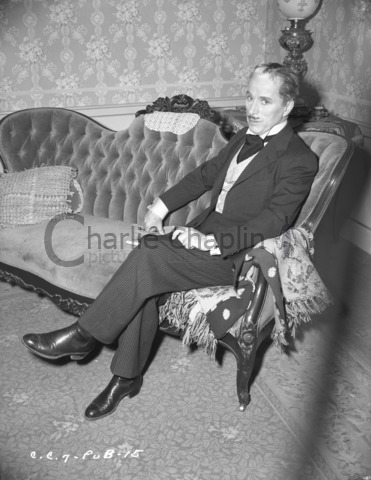
The agreement was signed in 1941, but Chaplin took four more years to complete the script. In the meantime the irritating distractions of a much-publicised and ugly paternity suit had been compensated by his brilliantly successful marriage to Oona O’Neill.
Chaplin said that the character of Verdoux was also in part inspired by Thomas Wainwright, a 19th century English forger, murderer and intellectual. However Monsieur Henri Verdoux has still a great deal in common with Monsieur Henri Landru. Both are furniture dealers by profession, and both maintain a respectable bourgeois family life whilst marrying and murdering rich widows for their money. Like Landru, also, Verdoux is finally caught when the family of one of his victims grows curious about her disappearance.

Chaplin uses the story to make a satirical comparison between private and public murder. Verdoux declares at his trial, “As for being a mass murderer, does not the world encourage it? Is it not building weapons of destruction for the sole purpose of mass killing?” and tells a reporter who comes in interview him in the death cell, “One murder makes a villain …. Millions a hero. Numbers sanctify, my good friend.”
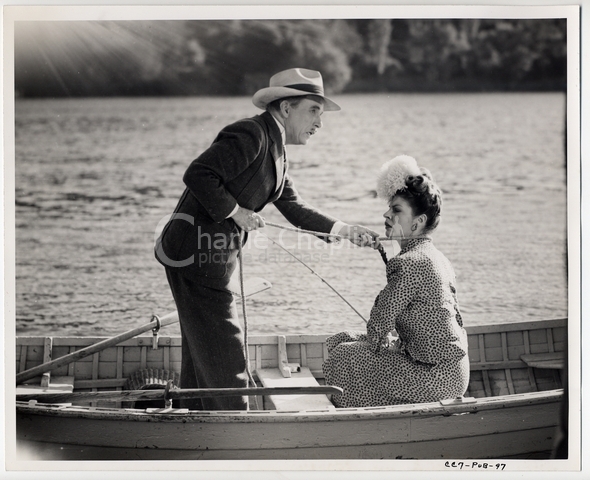
Sentiments like these were deeply suspect in 1940s America, which had already begun to slide into the paranoia and witch-hunting of the Cold War years. The Breen Office - the American cinema’s self-censorship organisation - initially disapproved the script in its entirety, claiming that it “impugns the present-day social structure” - even though the story was set in France between the two World Wars. In the end they were satisfied with only a few cuts, though the prudery of those times demanded the removal of all scenes that suggested that a husband and wife might share the same bed or that a girl was a prostitute.
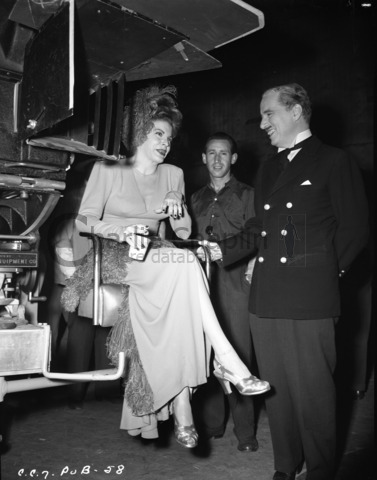
Apart from censorship problems, the shooting was faster and more trouble-free than any full-length film Chaplin had ever made. The soaring costs of production and the post-war rationing of film stock meant that Chaplin could no longer afford the luxury of improvisation and on-set experiment that previously characterised his working method.
Economy now dictated that everything must be carefully planned in advance. Chaplin worked with a completely finished script, a precise shooting schedule, and meticulous plan drawings for every scene.
To ensure authenticity in the French settings, he engaged as his assistant the French director Robert Florey, an old friend and admirer. Authenticity also extended to Monsieur Verdoux’s moustache - the first time that Chaplin had grown a real moustache for a screen role. The shooting was completed in less than three months.
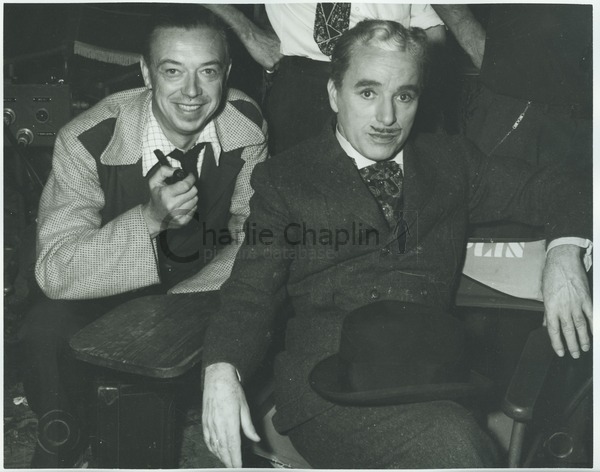
The film was released in New York in April 1947, at a time when the political paranoia was climbing to its first peak, with Chaplin, vaguely but virulently suspected of radical sympathies, as one of its most prominent victims.
He was shocked by the generally unenthusiastic response at the premiere, and much more by a press conference at which hostile journalists declined to discuss the film but insisted on asking him questions about his political sympathies, patriotism, tax affairs and refusal to adopt American citizenship.
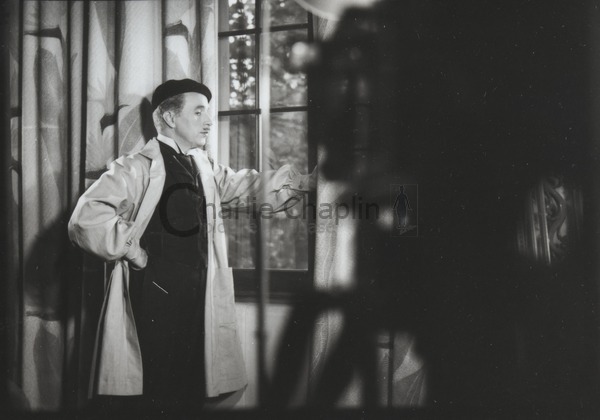
Subsequently the same right-wing zealots who had organised this harassment organised hostile pickets at cinemas showing the film, even forcing United Artists temporarily to withdraw it from circulation. This was the start of Chaplin’s last and unhappiest period in the United States, which he was definitively to leave in 1952.
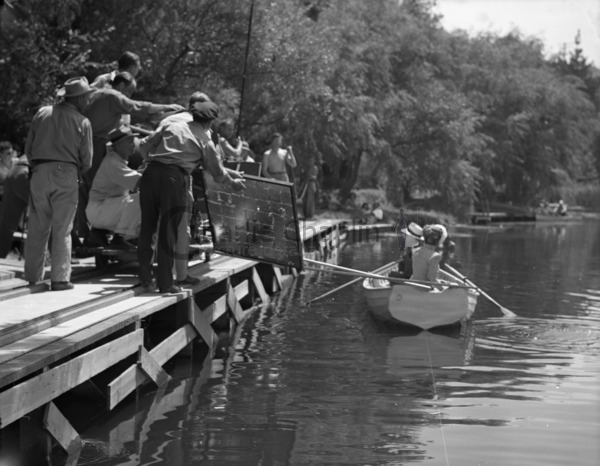
But among the hostility there were still passionate supporters of Chaplin and Monsieur Verdoux. The most important of them all was the legendary critic James Agee of The Nation, who struck back at the reactionary opposition by devoting not one but three successive reviews to Monsieur Verdoux which he unequivocally called “one of the best movies ever made”. As to Cold War America, Agee declared, “I believe that a democracy which cannot contain all its enemies, of whatever kind or virulence, is finished as a democracy”. Chaplin was not, of course, America’s enemy, but, in the character of Monsieur Verdoux he was undoubtedly a critic, in a society in which criticism was deeply unwelcome.
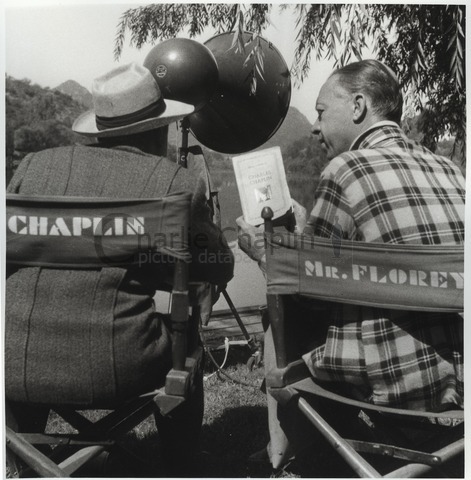
Text by David Robinson / Copyright 2004 MK2 SA
